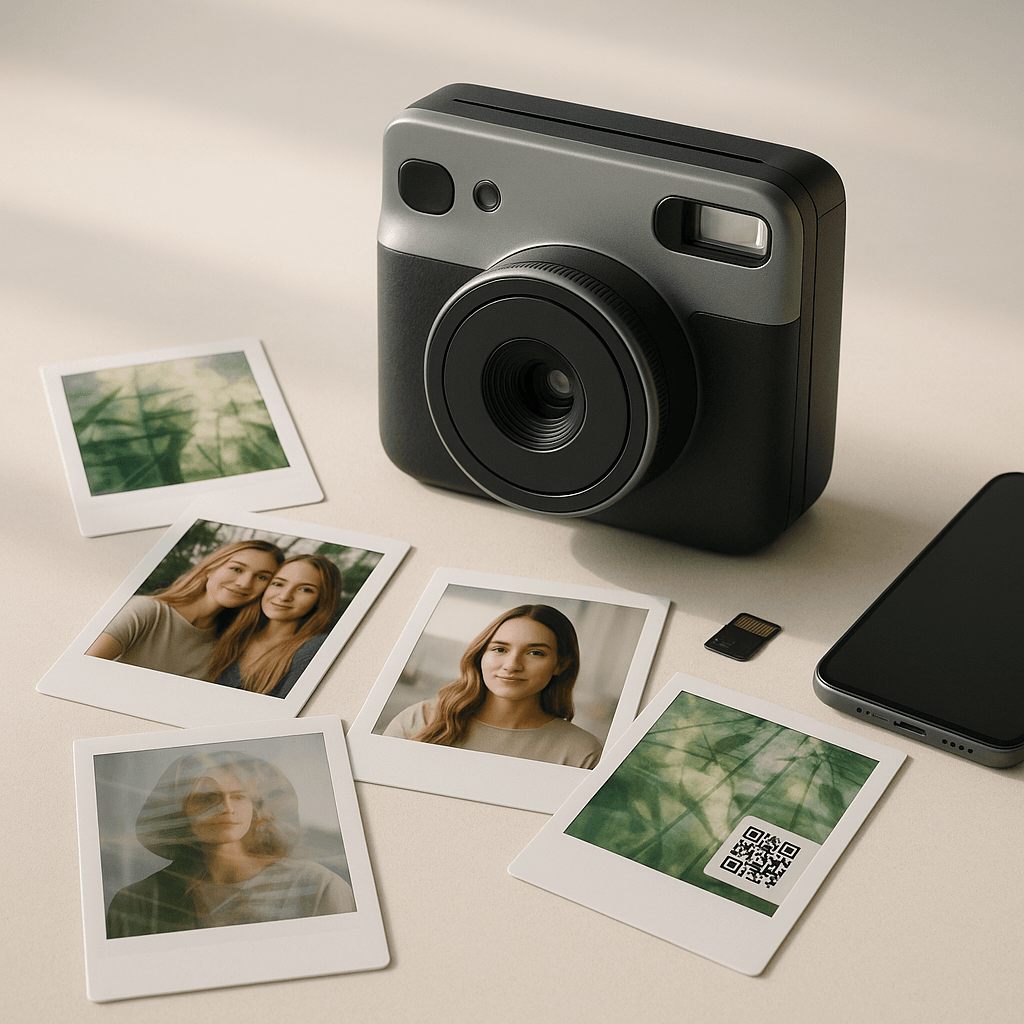Fujifilm just dropped the Instax Mini LiPlay+, upgrading its popular hybrid camera-printer with a dedicated rear-facing selfie lens and new "layered images" mode. The device lets you capture digital photos then print them as physical Instax minis - but now with enhanced creative options that make analog photography feel fresh again.
Fujifilm is betting big on nostalgia with a twist. The company's new Instax Mini LiPlay+ takes everything people loved about the original 2019 model and adds the selfie capabilities that Gen Z demanded.
The standout addition is a rear-facing camera specifically designed for selfies, addressing one of the biggest complaints about instant cameras - the awkward angles you'd get trying to frame yourself. But Fujifilm didn't stop there. The LiPlay+ introduces "layered images" mode, letting users create double-exposure effects that would make film photographers jealous.
What makes this device special isn't just the instant printing - it's how Fujifilm bridges digital and analog worlds. You can capture up to 45 images digitally (expandable to 1GB with microSD), edit them on the device, then choose which ones deserve the permanent treatment of an actual print. It's like having a digital darkroom in your pocket.
The sound recording feature, initially dismissed by reviewers in 2019, has proven surprisingly sticky. Users can record 10-second audio clips that get embedded as QR codes on their prints. Wired's Scott Gilbertson admits he "initially was dismissive" but now treasures the ambient sound snippets that help him remember moments even after losing the physical prints.
Fujifilm faces an interesting positioning challenge with two hybrid models now in its lineup. The existing Mini Evo sports a retro film-camera aesthetic with rotating lens rings and ISO-style dials - pure nostalgia bait. The LiPlay+ takes a more modern approach, prioritizing functionality over vintage vibes.
Both devices pack identical f/2 lenses and storage capabilities, but the choice comes down to whether you want the LiPlay+'s selfie camera and layered photos or the Evo's retro design language. It's a clever segmentation strategy that lets Fujifilm own both ends of the instant camera revival.
The instant camera market has exploded since Fujifilm revived Instax, with competitors like Polaroid scrambling to match features. But Fujifilm keeps pushing the boundaries of what "instant" means in a digital world. The LiPlay+ isn't just about printing photos - it's about choosing which digital moments deserve to become physical memories.











